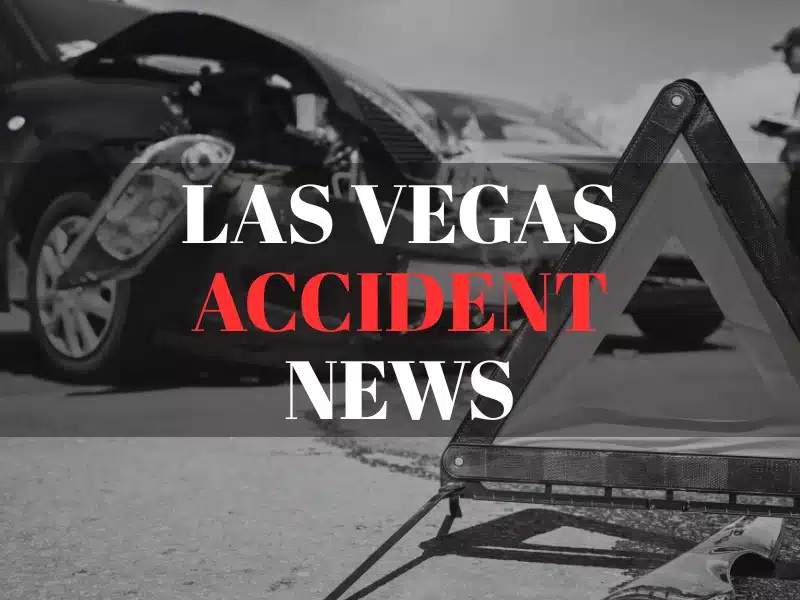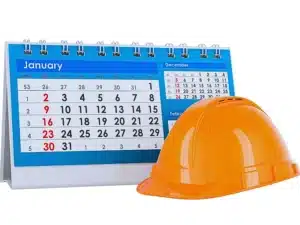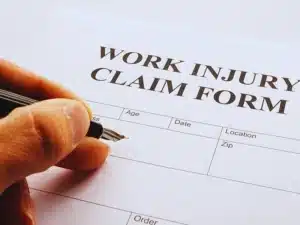Las Vegas, NV (October 30th, 2025) – Las Vegas has seen another year of alarming roadway deaths, and local law enforcement is looking for new ways to make drivers slow down. The Las Vegas Metropolitan Police Department sheriff is urging Nevada lawmakers to test a program that would place automated cameras at high-risk intersections to catch red-light and speeding violations.
It’s a policy discussion rooted in public safety, but it could have another consequence: reshaping how crash victims prove fault in personal injury cases.
If you’ve been injured, or lost a loved one, in a car accident, contact our dedicated injury lawyers at George Bochanis Injury Law Offices. Call 702-388-2005 for a free consultation to discuss your rights and next steps.
A Push to Rein in Dangerous Driving With Traffic Cameras
The sheriff’s latest proposal asks the state’s Legislature to greenlight a limited rollout of red-light and speed cameras across the Las Vegas Valley. These cameras would be installed at intersections with the highest crash and violation rates, collecting data on how enforcement affects driver behavior.
When discussing traffic-related injuries and deaths, the sheriff has repeatedly pointed to a pattern of reckless driving—especially running red lights and excessive speed—as key contributors to serious crashes across Clark County. So far this year, car accident deaths have already surpassed 100.
While the pilot plan is still only a proposal, it reflects growing concern about intersection safety and a willingness to turn to technology for help.
How Automated Traffic Cameras Work
Automated cameras use sensors and imaging equipment to record vehicles that enter an intersection after the light turns red or that exceed posted speed limits. When a violation is detected, the system logs the license plate, date, time, and signal status. In states where such systems are approved, citations are typically mailed to the registered owner.
But beyond enforcement, the footage collected can serve another purpose: documenting exactly what happened during a collision.
Why Traffic Cameras Make a Difference After an Intersection Crash
When a driver runs a light or speeds through an intersection, the resulting crash can leave victims with life-changing injuries. Yet proving fault often depends on eyewitness accounts or conflicting statements.
Footage from a traffic camera could eliminate those disputes. Video evidence can show how long the signal had been red, how fast the vehicle was traveling, and whether another driver had the right of way. For an injured person seeking compensation, that kind of proof can be powerful.
Under Nevada law, all drivers are required to obey traffic signals and exercise reasonable care. When someone ignores a red light or travels at a dangerous speed, that conduct can amount to negligence. Clear, objective evidence of the violation can make it easier to hold them accountable.
Strengthening Evidence in Future Personal Injury Claims
In many intersection cases, reconstructing events depends on expert analysis of vehicle damage, skid marks, and debris. Those methods can still be challenged. Video evidence, by contrast, captures the moments leading up to a crash in real time.
If Nevada moves forward with a camera program, attorneys representing crash victims could request access to footage through discovery. That information might reveal whether a driver entered the intersection illegally or was accelerating through a yellow. The technology could make liability disputes faster to resolve and reduce the need for costly reconstructions.
Comparative Fault and Why It Still Applies
Even when one driver clearly ran a light, Nevada’s modified comparative negligence rule means responsibility can be shared. An injured person can recover damages only if they are found to be less than 50% at fault. Their compensation is then reduced by their percentage of fault.
Camera footage could help clarify those percentages. It might show, for example, that a victim entered the intersection cautiously on green, while the at-fault driver sped through late on red—evidence that supports a strong claim for recovery.
Policy Shifts That Could Impact Future Cases
The renewed conversation about red-light and speed cameras reflects more than a desire for stricter enforcement. It marks a potential shift toward evidence-driven accountability on Nevada roads.
If cameras are approved, they could deter dangerous behavior, reduce crashes, and provide crash victims with objective proof of fault. Over time, this data might also influence how insurers and courts handle claims arising from intersection collisions—making it easier to establish liability and value damages accurately.
Even before the law changes, the public focus on reckless driving underscores an important point: intersection crashes are preventable, and the decisions drivers make behind the wheel carry serious legal consequences.
Frequently Asked Questions About Traffic Cameras at Intersections
Can I file a lawsuit if a driver ran a red light and hit me?
Yes. Violating a traffic control signal is considered negligence, and if that violation caused your injuries, you may be entitled to compensation for your losses.
What if there’s no traffic camera footage?
You can still pursue a claim. Other forms of evidence—such as witness statements, dashcam video, or expert reconstruction—can establish fault.
Will red-light cameras automatically make me win my case?
No. While footage can strongly support your position, you must still prove that the other driver’s conduct directly caused your injuries and financial harm.
If the pilot program never moves forward, does anything change for victims?
Not in terms of your rights. Even without automated enforcement, Nevada law still allows injured people to recover damages when another driver’s negligence causes a crash.
Safer Streets, Stronger Cases: The Changing Landscape of Las Vegas Injury Law
Las Vegas continues to face serious challenges with intersection safety, and the conversation around red-light and speed cameras highlights the importance of both prevention and accountability. While the pilot program is still under consideration, the push for safer streets signals a shift toward more data-driven enforcement and clearer evidence for crash victims.
For anyone injured in a collision, taking immediate steps to protect your rights is critical. Document the scene, seek prompt medical care, and consult an experienced motor vehicle accident attorney who understands Nevada traffic laws and local intersections.
At George Bochanis Injury Law Offices, our team helps crash victims navigate the legal process, gather evidence, and fight for full compensation. If you or a loved one has been hurt in a Las Vegas intersection accident, contact us today for a free consultation to understand your options and protect your rights.





